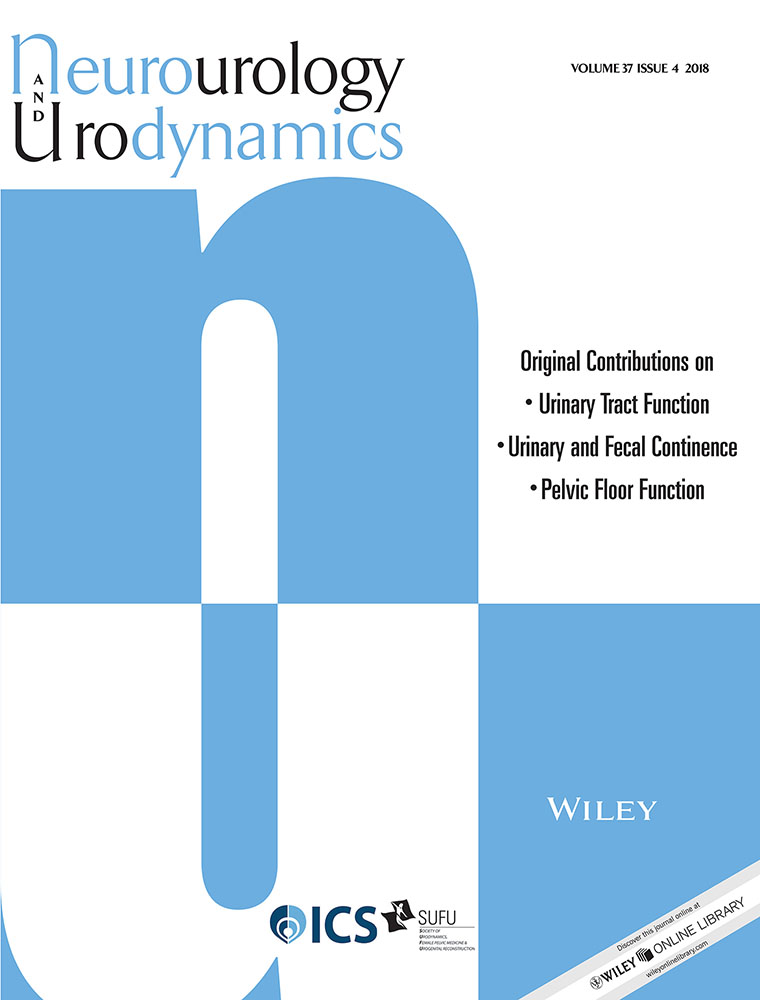Falls and hip fractures associated with urinary incontinence among older men and women with complex needs: A national population study
Abstract
Aims
To determine if urinary incontinence (UI) was an independent risk factor for falls and hip fractures in community-dwelling older men and women with complex needs, after controlling for confounders.
Methods
Since 2012, all community care recipients in New Zealand have undergone standardized needs assessments using the Home Care International Residential Assessment Instrument (interRAI-HC). The interRAI-HC elicits information over multiple domains, including UI frequency and falls. Those aged 65+ years with assessment between July 1, 2012 and May 31, 2014 without collection devices or indwelling catheters were matched to hospital, mortality, and pharmaceutical databases, and apposite regression models applied.
Results
Overall, 25 257 (37.5%) men and 42 032 (62.5%) women were eligible, with average age of 82.7 years (range: 65, 106 years). Incontinence was reported by 34.3% of men and 42.6% of women, falls within 90 days by 42.7% of men and 39.1% of women; and fractures recorded for 2.5% of men and 3.7% of women. In multivariable analysis, UI was significantly associated with falls (P < 0.001), and differentially related by sex (P < 0.001). Compared to continent participants, the odds of increasing falls risk was 1.69 (95% CI: 1.57, 1.82) for men with frequent incontinence and 1.53 (95% CI: 1.43, 1.64) for men with occasional continence; higher than the 1.39 (95% CI: 1.32, 1.46) and 1.33 (95% CI: 1.26, 1.39), respectively, for women. UI was not associated with hip fractures.
Conclusion
UI is a common independent risk factor for falls but not hip fractures. Patterns are different between men and women with complex needs.




